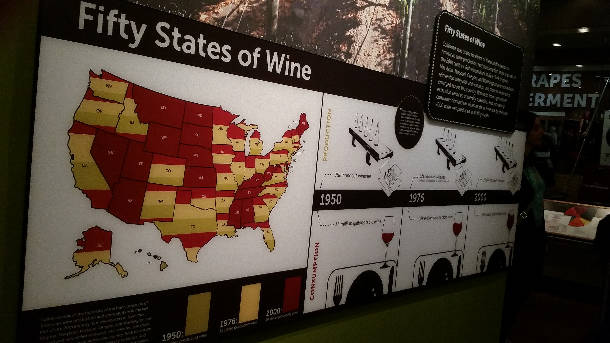MONDAY BEER LINKS, MUSING 5.30.16
Sahti – What Can We Learn From a Farmhouse Brewer?
There’s a lot here. For instance: “Since house strains for baking and brewing could have been the same, I have been testing how the traditional sourdough starters ferment sahti. So far I have been able to revive one functional brewing strain from a at least decades old baking strain. This particular strain delivers surprisingly neutral malty taste. I will continue to hunt and test traditional baking strains and hopefully in future I encounter more distinctive strains.” [Via Maltainen, h/T @larsga]
Two Brewers Admit Their Methods for Haze.
On the subject of sourdough strains, the “wild” strain at Scratch Brewing in southern Illinois is in fact its sourdough starter. To use it directly means adding a bit of flour to beer, which sometimes settles out (with time) but other times does not. But I am having a problem wrapping my head around the idea of adding flour to beer for the sake of appearance. Haven’t they heard of Tanal A? [Via BeerGraphs]
We’ve seen the future, and it is hyperlocal craft beer.
This leaves me wondering how hyperlocal and the Next Big Thing coexist. “The whole craft beer market has taken on a certain Silicon Valley (or Kendall Square) vibe. You can see the parallels in Lamplighter. They’ve spent years building their product in dorm rooms and basements. Their market is young, desirable, and growing. They think their product — the sours and Brett-fermented beers — has the potential to be the Next Big Thing. And, without having tasted a drop of their beers, droves of hopeful employees are e-mailing them about job openings, happy to start at the bottom if it means a toehold in the industry. In other words, they sound like your typical new Cambridge business: a hot, young startup.” [Via Boston Globe]
Is It OK Not To Be OK With Brewery Takeovers in 2016?.
So after the hyperlocal brewery that captured your affection grows into a local brewery, then a regional brewery, and then a regional brewery big and popular enough to be acquired . . . what next? The straw man that Boak & Bailey mention, that might be me. At least sort of. I am less focused on whether the beer changes than on what happens to the local connection. [Via Boak & Bailey]
Your Handy Guide to Explain Why Millennials Are So Important to Beer.
If you don’t understand why brewing companies big enough to have marketing budgets want the attention of drinkers of prime consumption age then this is an excellent primer. Ultimately, at least we hope, there has to be more than a marketing message. And if people who have been assigned to this demographic put value on local (there’s that workd again), racial diversity, religion, gender equality, those are things that are hard to fake. [Via This Is Why I Am Drunk]
Living in Isolation: How Elitism is Alienating Macro Beer Fans.
This may be true: “Craft beer fanatics are now considered so insufferable as to have developed into a recurring punch line on television shows. Want to signal to the audience that a character is an unbearable jerk? Put a six-pack of fancy beer in his hand as he walks into the party. Worse yet, have him try and offer one of his high priced beauties to another character and then watch him get flatly rejected.” But television is not real life. And I’m not convinced that it is the “Bud bashing” that offends real people, but the whole idea that beer is so frigging important, because it isn’t to them. [Via Beer Advocate]
Hoplore, a defense of stories.
The question that Tiah Edmunson-Morton asks here isn’t that different from one journalists also need to consider. “There is a bit to pause and think about here: being a participant observer. For her that meant participating in the Agrarian hop harvest as a volunteer and being hired by Agrarian as a paid employee, but also working at Independence Heritage Festival and and doing a community survey. I often feel this same distance as an archivist working with living and evolving social, cultural, agricultural communities. I go to festivals or on tours, but I always have a certain ‘documentarian’ distance. I might attend, but as the curator of this archive do I actually participate?” I wrote about Tiah has year for DRAFT magazine, and in reporting the story I talked to Paul Eisloeffel of the Nebraska State Historical Society, who is an advocate for proactive collecting. “It is important for archivists to be able to look at what’s happening in a culture and start collecting now,” he said. But the act of collecting itself has the potential to change what happens going forward. Tricky balance. [Via thebrewstorian]
The five tribes of US wine buyers and the ROI of social media.
Are beer tribes any different? [Via Harpers]
FROM TWITTER, MEMORIAL DAY WEEKEND

